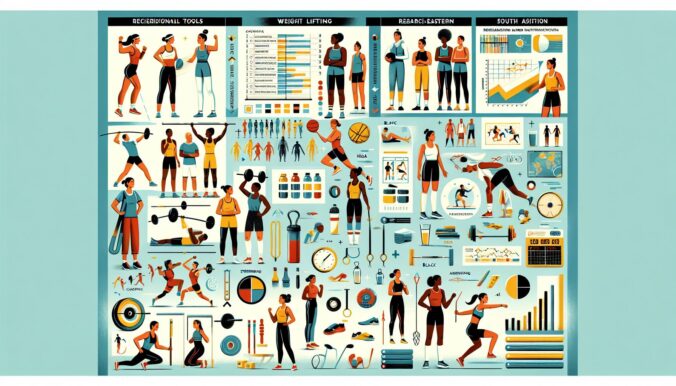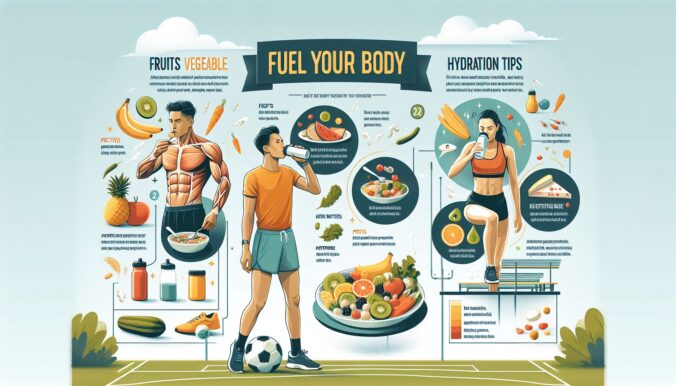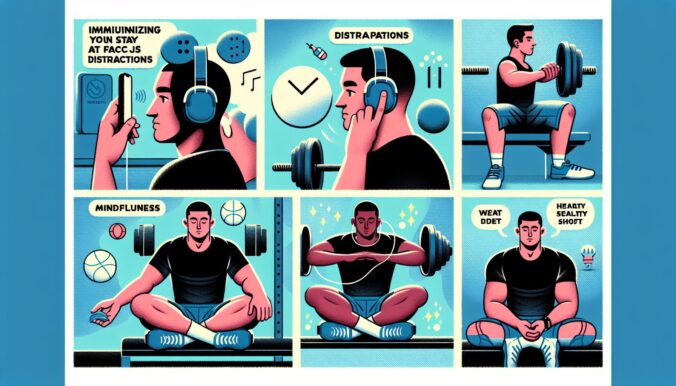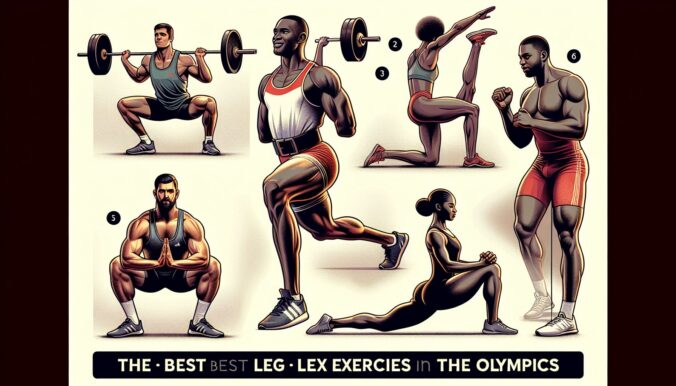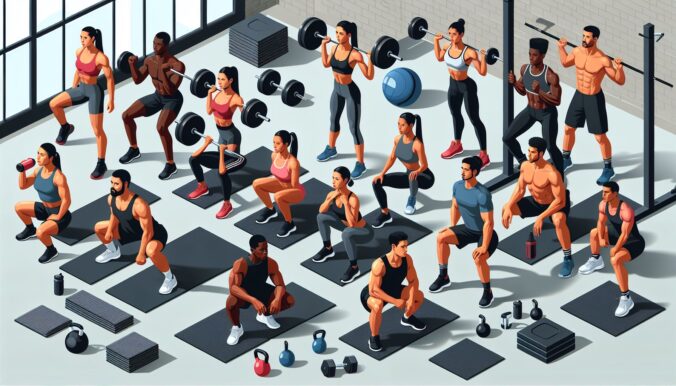Running is a fantastic way to stay healthy and fit, but it’s important to take care of your body to prevent injury and maximize your performance. In this article, we will provide some essential health and fitness tips for runners to help you achieve your goals and enjoy your runs to the fullest.
Introduction
Running is a high-impact activity that can put stress on your muscles, joints, and cardiovascular system. By following some simple guidelines, you can ensure that you are keeping your body in peak condition and getting the most out of your runs.
Body
-
Stay Hydrated: Proper hydration is key to performance and recovery. Make sure you are drinking enough water throughout the day, before, during, and after your runs. Dehydration can lead to fatigue, muscle cramps, and even heatstroke.
-
Eat a Balanced Diet: Fuel your body with the right nutrients to support your running routine. Include plenty of lean proteins, complex carbohydrates, fruits, and vegetables in your diet. Avoid processed foods and sugary drinks that can hinder your performance.
-
Warm Up and Cool Down: Always start your runs with a proper warm-up to prepare your muscles and joints for the exercise. After your run, don’t forget to cool down with gentle stretching to prevent stiffness and reduce the risk of injury.
-
Listen to Your Body: Pay attention to any signs of pain or discomfort during your runs. Don’t ignore them, as they could be early warning signs of potential injury. Rest when needed and don’t push through pain.
-
Cross Train: Incorporate other forms of exercise into your routine, such as strength training, yoga, or swimming. Cross-training helps to strengthen different muscle groups, prevent overuse injuries, and improve overall fitness.
-
Get Adequate Rest: Rest is crucial for recovery and muscle repair. Make sure to get enough sleep and include rest days in your training schedule to avoid burnout and allow your body to recover properly.
-
Invest in Good Running Shoes: Proper footwear is essential to prevent injuries and improve performance. Visit a specialized running store to get fitted for the right shoes that provide adequate support and cushioning for your feet.
-
Set Realistic Goals: Whether you’re a beginner or an experienced runner, it’s important to set realistic and achievable goals. Gradually increase your mileage and pace to avoid overtraining and risking injury.
Conclusion
By following these health and fitness tips for runners, you can improve your performance, prevent injuries, and enjoy a rewarding running experience. Remember to listen to your body, stay hydrated, eat a balanced diet, and incorporate rest and cross-training into your routine. With dedication and proper care, you can reach your running goals and maintain a healthy and active lifestyle. Happy running!



